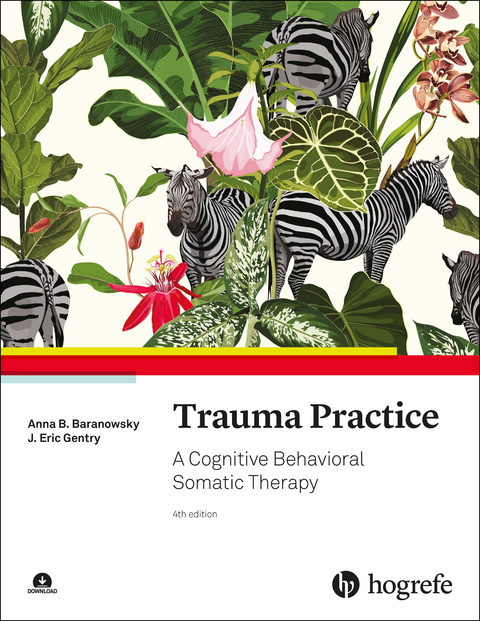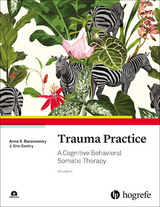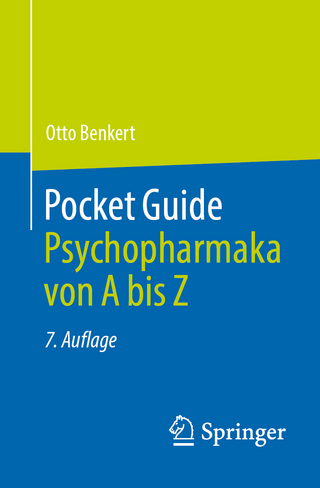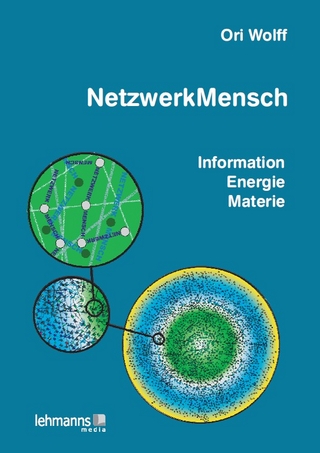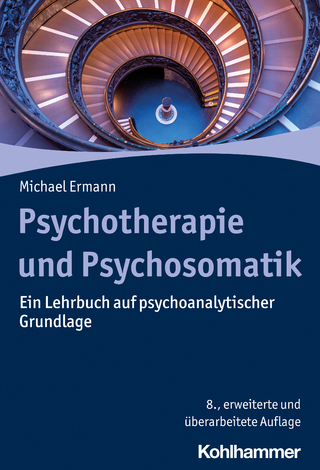Trauma Practice
Hogrefe Publishing (Verlag)
978-0-88937-592-5 (ISBN)
This popular, practical resource for clinicians caring for trauma survivors has been fully updated and expanded. It remains a key toolkit of cognitive behavioral somatic therapy (CBST) techniques for clinicians who want to enhance their skills in treating trauma. Baranowsky and Gentry help practitioners find the right tools to guide trauma survivors toward growth and healing. Reinforcing this powerful intervention is the addition of a deeper emphasis on the preparatory phase for therapists, including the therapists' own ability to self-regulate their autonomic system during client encounters.
Throughout the acclaimed book, an effective tri-phasic model for trauma treatment is constructed (safety and stabilization; working through trauma; reconnection with a meaningful life) as guiding principle, enabling a phased delivery that is fitted to the survivor's relational and processing style. The authors present, clearly and in detail, an array of techniques, protocols, and interventions for treating trauma survivors (cognitive, behavioral, somatic, and emotional/relational). These include popular and effective CBST techniques, approaches inspired by research on neuroplasticity, and interventions informed by polyvagal theory. Many techniques include links to video or audio material demonstrating how to carry-out the intervention. Further sections are devoted to forward-facing trauma therapy, a safe, effective, and accelerated method of treating trauma, and to clinician self-care.
Over 40 video and audio demonstrations of many of the techniques are available for download. There are also 36 handouts for clients that can be downloaded and printed for clinical use.
Anna B. Baranowsky; PhD, CPsyc; Traumatology Institute, Toronto, ON, Canada. J. Eric Gentry; PhD, LMHC;Forward-Facing Institute, Phoenix, AZ, USA.
Introduction to Trauma Practice: A Cognitive
Behavioral Somatic Therapy
The surprising act of arriving at 2023; Purpose of
This Book; Self-of-the-Therapist; Core Objectives;
Book Description
Phase 0: Foundations of the Trauma Practice Model
Preparation for the Therapist
Exposure in a Relaxed State - Reciprocal
Inhibition
Meaningful Human Care and Connection
The Evolution of PTSD Treatment and the "Active
Ingredients"
The Four Active Ingredients
1. Therapeutic Relationship and Positive
Expectancy
2. Relaxation and Self-Regulation
3. Exposure/Narrative and Reciprocal Inhibition
4. Cognitive Restructuring and Psychoeducation
The Main Therapeutic Approaches, Research, and
Guidelines
1. Behavioral Therapy
2. Cognitive Therapy
3. Cognitive-Behavioral Therapy
4. Cognitive-Behavioral Therapy Research
5. Psychophysiology of Trauma
The Mind-Body Connection
The Amygdala; The Hippocampus; The Sensory
Thalamus; The Sympathetic Nervous System;
Cortisol: The Stress Hormone
Traumagenesis: The Creation of Trauma
The Biology of Traumagenesis
Symptoms of Traumagenesis: Where Do Problematic
Behaviors Come From?
Traumagenesis and Relationships
Tri-Phasic Model
Phase I: Safety and Stabilization
Phase II: Working Through Trauma
Phase III: Reconnection
Necessary Ingredients: Treatment Codes (R, RE, CR)
Somatic, Cognition, Behavior, and Emotion/Relation
Posttrauma Response
Treatment Resistance or Failure: Addressed with
Integrative Approaches
Phase I: Safety and Stabilization
1. What Is Safety?
Minimum Criterion Required for Transition to
Phase II Treatment
30-Day Video Stabilization Program for Adjunctive
Online Trauma Therapy
2. Somatic
Creating a Nonanxious Presence; Titration Part I:
Trigger List Using Braking and Acceleration; Progressive
Relaxation; Autogenics; Diaphragmatic
Breathing; 3-6 Breathing; 5-4-3-2-1 Sensory
Grounding and Containment; Postural Grounding;
Anchoring Part I: Collapsing Anchors; Breathe 911;
Body Scan
3. Cognition
Anchoring Part II: Safety; Safe-Place Visualization;
Positive Self-Talk and Thought Replacement/
Transformation; Flashback Journal Buddha's Trick
4. Behavior
Rituals; Contract for Safety and Self-Care; Safety
Net Plan
5. Emotion/Relation
Transitional Objects; Support Systems; Drawing
Icon and Envelope (Emotional Containment);
Internal Vault (Emotional Containment); Positive
Hope Box; Make Peace with Your Sleep; Relaxed
Breathing Guided Meditation
Phase II: Working Through Trauma
1. Somatic
Titration Part II: Braking and Acceleration; Layering;
Comfort in One Part; Timed Reflection; Timeline
Approach; Biofeedback; Hands Over Heart
Space; Paced Breathing
2. Cognition
Downward Arrow Technique; Cognitive Continuum
Calculating True Danger; Looped Tape Scripting;
Cognitive Processing Therapy; Story-Book
Approach; Written Narrative Approach; Corrective
Messages from Old Storylines; Traumagram
Exercise
3. Behavior
Behavior Change Rehearsal Exercise; Skills Building
Methods; Imaginal and In Vivo Exposure (RE);
Stress Inoculation Training; Systematic Desensitization
(RE); IATP Narrative Exposure Therapy;
4. Emotion/Relation
Learning to Be Sad; Assertiveness Training; Thematic
Map and Release; Grounding Lightstream
Phase III: Reconnection
1. Somatic
Centering; Tame and Decode Bad Dreams; Going
Slow to Heal After Trauma; Shake to Release
2. Cognition
Exploring Your Cognitive Map; Victim Mythology;
Self-Compassion Reflection; Letter to Self; Wellness
Mind Map; Your Heart's Desire
3. Behavior
Self-Help and Self-Development; Picture Positive
4. Emotion/Relation
Memorials; Connections with Others; Codependency
Revolution
Integrative and Clinician Self-Care Models
Forward-Facing (R) Trauma Therapy
Introduction
Phase I: Education
Phase II: Intentionality
Phase III: Practice (Coaching and Desensitization)
Conclusion
| Erscheinungsdatum | 16.12.2022 |
|---|---|
| Verlagsort | Toronto |
| Sprache | englisch |
| Maße | 215 x 279 mm |
| Themenwelt | Geisteswissenschaften ► Psychologie ► Klinische Psychologie |
| Geisteswissenschaften ► Psychologie ► Persönlichkeitsstörungen | |
| Geisteswissenschaften ► Psychologie ► Traumatherapie | |
| Medizin / Pharmazie ► Medizinische Fachgebiete ► Notfallmedizin | |
| Medizin / Pharmazie ► Medizinische Fachgebiete ► Psychiatrie / Psychotherapie | |
| Schlagworte | CBT • Trauma • trauma treatment |
| ISBN-10 | 0-88937-592-5 / 0889375925 |
| ISBN-13 | 978-0-88937-592-5 / 9780889375925 |
| Zustand | Neuware |
| Informationen gemäß Produktsicherheitsverordnung (GPSR) | |
| Haben Sie eine Frage zum Produkt? |
aus dem Bereich
